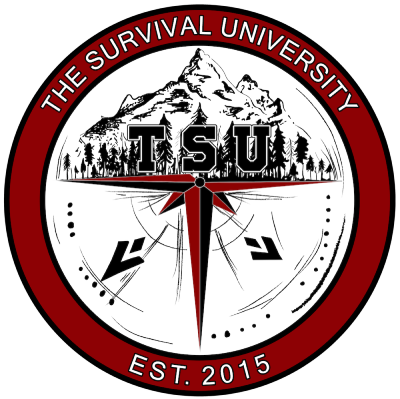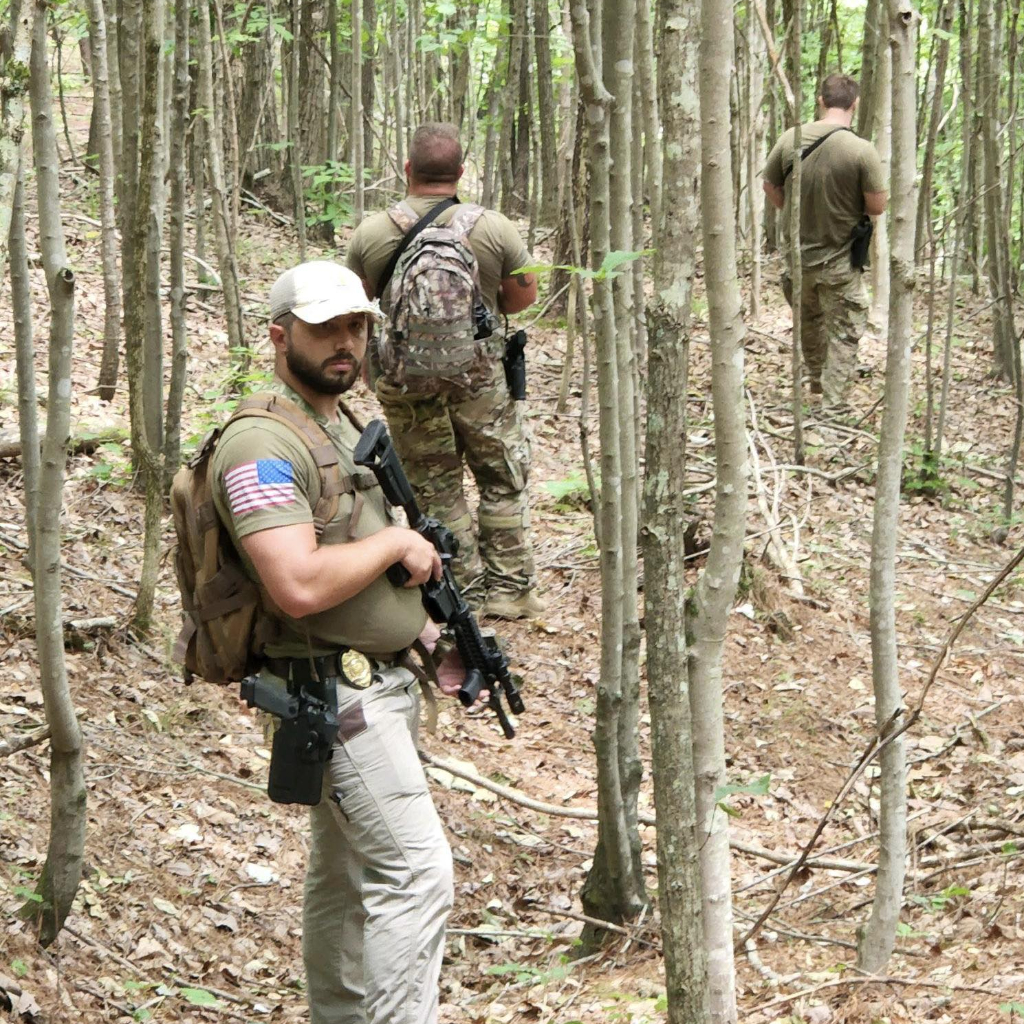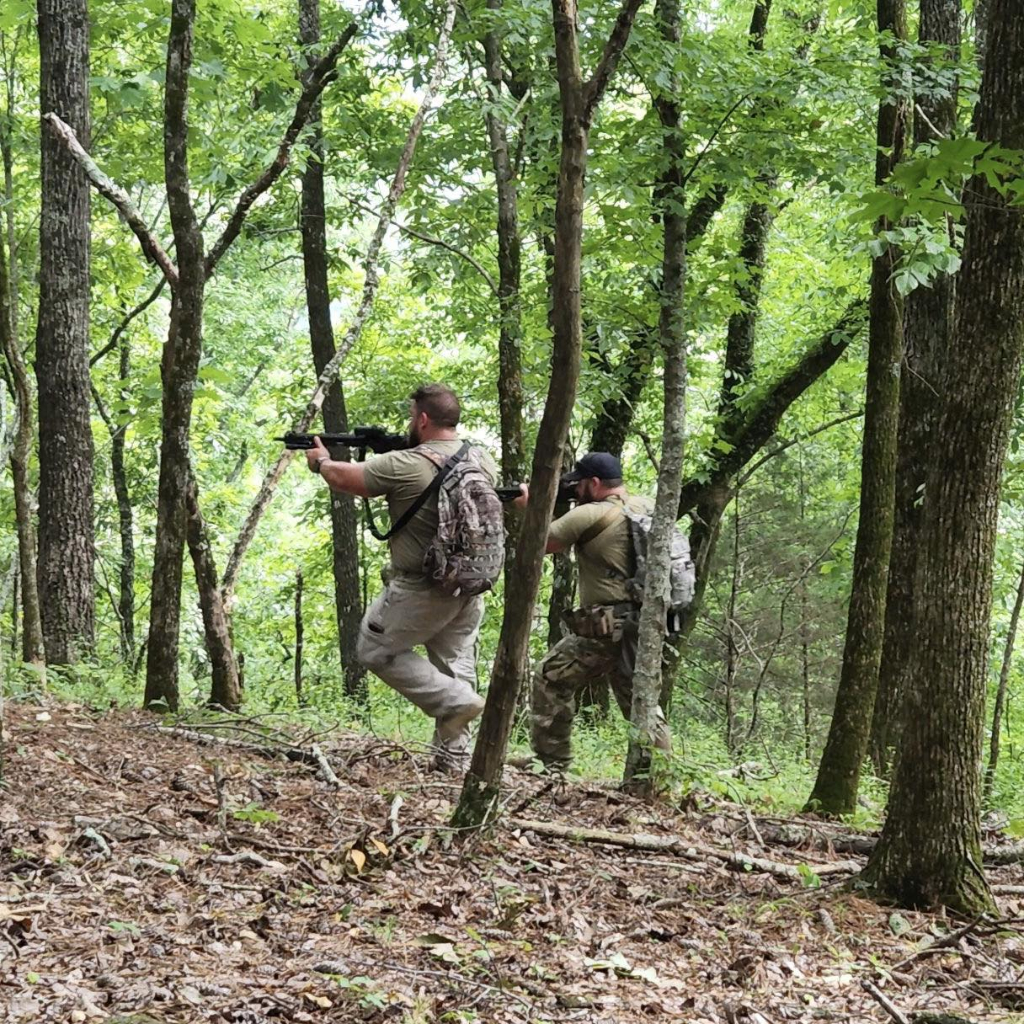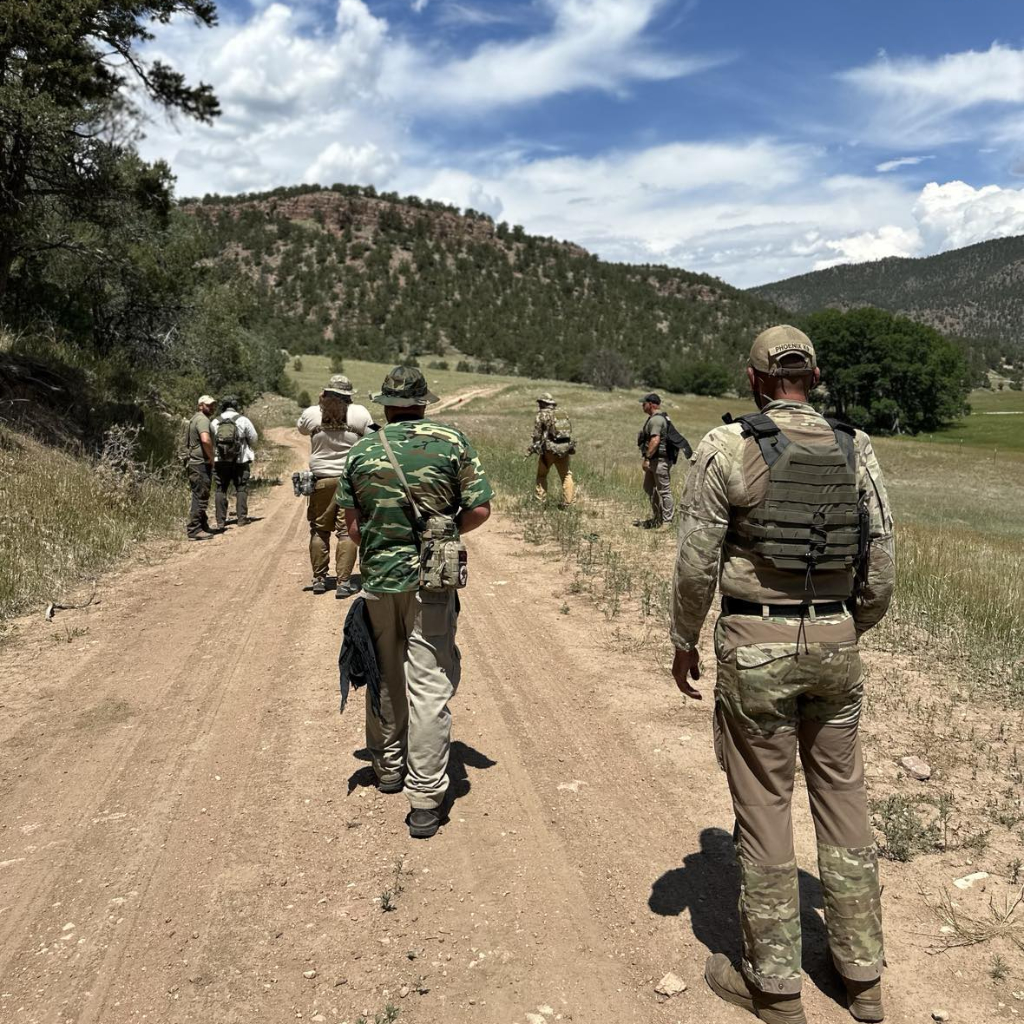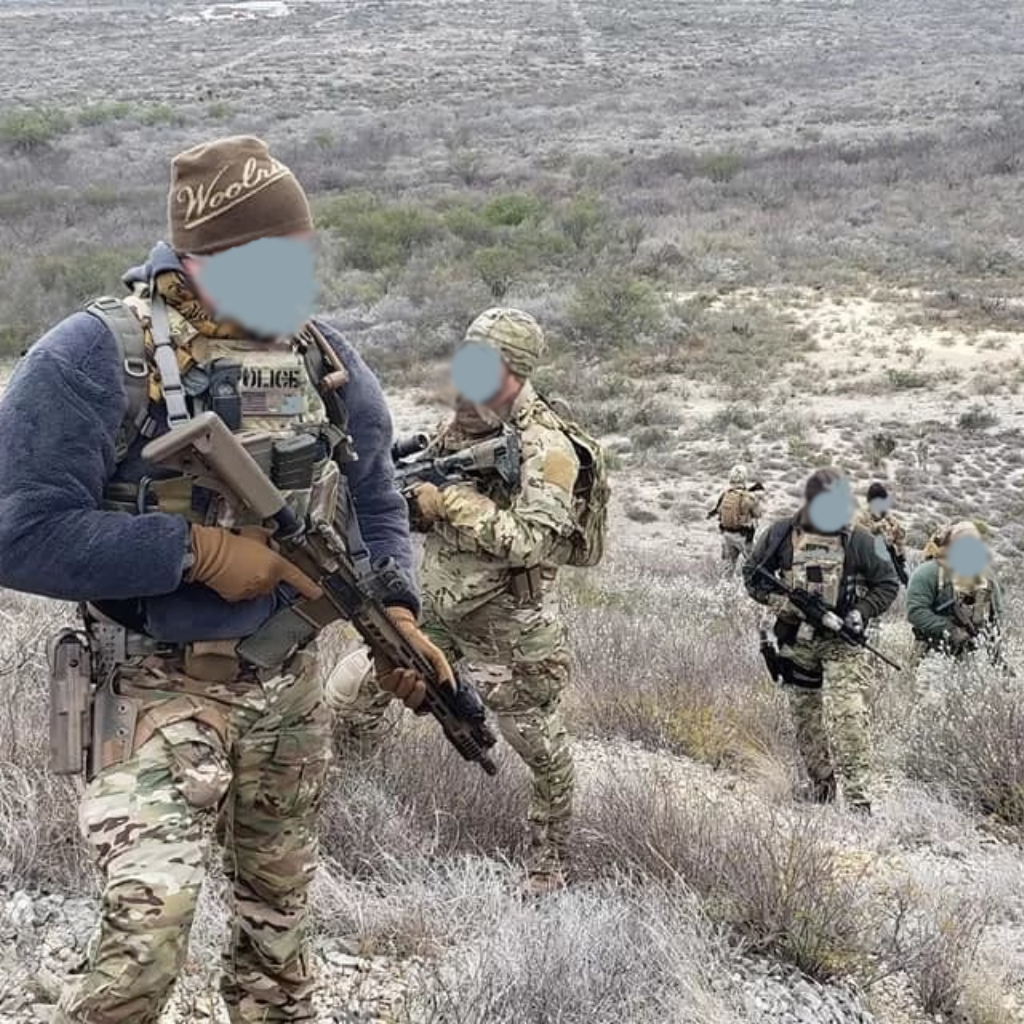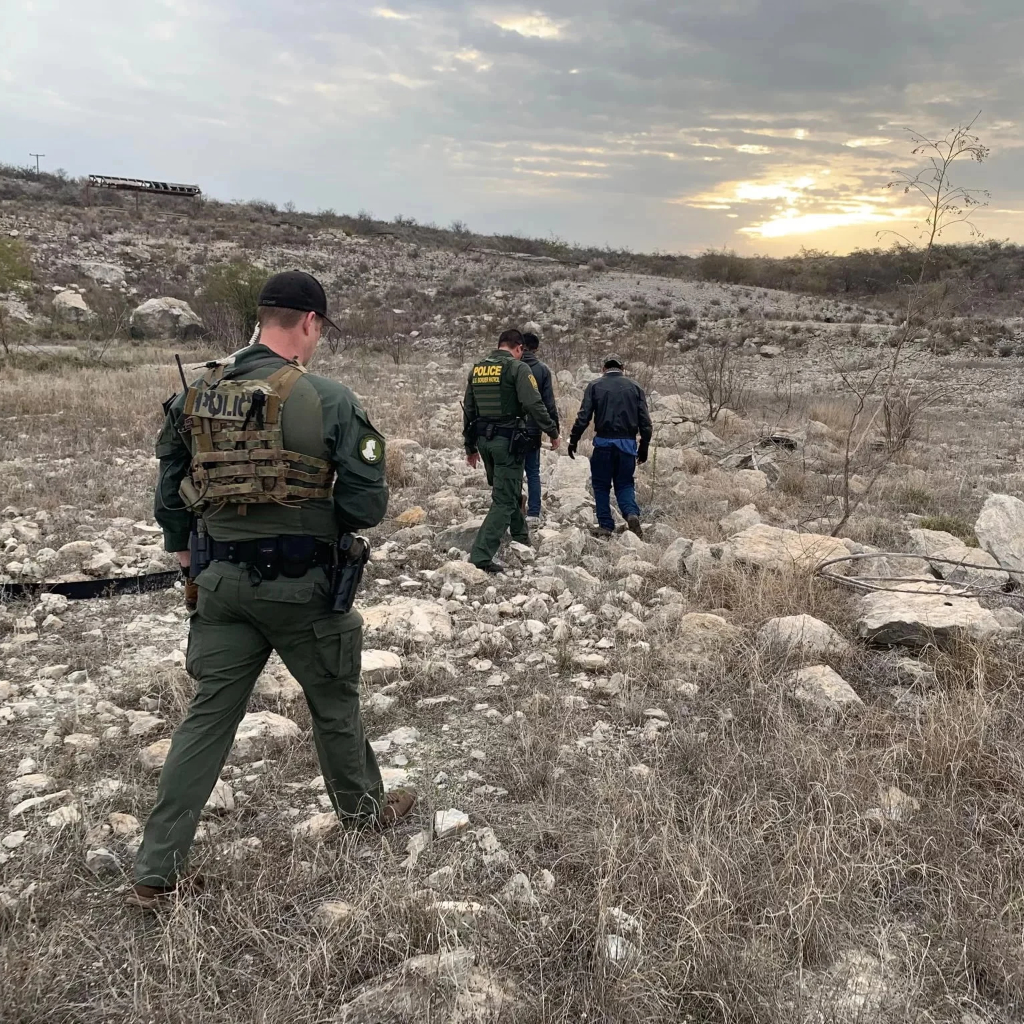Cart
Search and Rescue: High-Risk Tactical Tracking
$695.00
This tactical tracking course teaches law enforcement, military, and SAR professionals how to track armed fugitives and missing persons using proven team-based methods. Learn to detect, interpret, and follow human, animal, and vehicle tracks through wilderness or rural terrain. Perfect for real-world operations involving search and rescue, suspect pursuit, and rural patrol.
Description
Search and Rescue: High-Risk Tactical Tracking
Track Like a Rhodesian Selous Scout
Tactical Human Tracking for Law Enforcement, Military, SAR & Special Operations
This advanced tactical tracking course is specifically designed for active-duty law enforcement officers, military personnel, special tactics teams, SWAT, Search and Rescue (SAR), border patrol, forest rangers, and anyone whose profession may involve tracking criminals, fugitives, or lost persons through rugged terrain.
If you are not active duty law enforcement or military and are interested in this course, please contact us first to discuss enrollment.
Instructor: Jimmy Dunn
Your lead instructor, Jimmy Dunn, is a veteran tracker and former law enforcement officer with over 20 years of experience with the National Park Service. Jimmy trained directly under world-renowned tracker David Scott-Donelon and served as an instructor under him for four years.
Jimmy has an extensive background in tactical tracking, high-angle SAR operations, and served on the Sheriff’s Office Special Response Team (SRT) as well as a multi-agency Tactical Tracking Unit. He was also the primary tracker for the National Park Service Special Event Tactical Team (SETT), supporting operations including border security, drug interdiction, presidential inaugurations, and high-threat event management.
Course Overview: High-Risk Tracking Operations
This course delivers advanced skills in high-risk human tracking through both classroom instruction and field-based tactical exercises. You will learn to track armed suspects, fleeing criminals, and missing persons in wooded, wilderness, and rural environments using team formations, command communication, and visual detection skills.
You’ll be trained in how to assess track evidence, recognize human and vehicle movement, and distinguish signs of individuals who may be intentionally evading detection. These techniques are grounded in both tactical and Search and Rescue principles, making them ideal for real-world missions.
Training Objectives
By the end of this course, you will be able to:
-
Operate as a member of a tactical tracking team or SAR unit
-
Analyze terrain, weather, and environmental indicators to locate human tracks and sign
-
Identify movement patterns (day/night travel, evasive maneuvers)
-
Execute lost track recovery procedures
-
Work effectively in high-stakes or hostile tracking environments
Topics Covered
-
Roles and duties of individual trackers
-
Team tracking formations and communication
-
Tactical vs. SAR tracking strategies
-
Lost track procedures and re-acquisition methods
-
Identifying and aging tracks in varied terrain
-
Evidence interpretation and track sign recognition
-
Chain-of-command responsibilities during high-risk tracking ops
Who Should Attend
This course is ideal for:
-
Active duty law enforcement officers
-
Military and special operations units
-
SWAT teams and tactical response personnel
-
Border patrol and federal agents
-
Forest rangers and conservation officers
-
Search and Rescue teams
-
Hunters and rural landowners seeking advanced tracking skills
Suggested Gear List
We do not provide students with gear unless they have purchased it from us ahead of time. Not much gear is needed for our courses, though good equipment does speed the learning process up greatly! Gear does not have to be purchased from our store to attend the course, but we recommend survival gear of equivalent quality.
High Risk Tracking Gear List
- Patrol rifle – semi auto with detachable magazine. AR15, or similar, w/3 magazines. Handguns will not be used.
- Eye and ear Protection (Clear lens eye protection is recommended)
- Field clothing – Camo or earth tone. No black.
- Mag pouch for spare mags
- 100 rounds of ammo.
- Boonie hat – Caps will not work for the course.
- Gloves – Not black
- Face covering or face paint for FTX
- Small set of pruning shears
- Day pack – Volume to hold enough food and clothing for the day.
- Hydration system or Nalgene bottles capable of holding at least 2 liters of water. More is better.
- Food for the week including snacks. Lunch will be in the field every day except day 1.
- Clothing appropriate for the weather. Expect anything.
- Wet weather gear (optional)
- Boots that are well broken in. Preferably not black.
- Knee pads (optional but highly recommended)
- Knife
- Watch
- Individual first aid kit (IFAK)
- Flashlight with colored lenses
- Although handguns will not be used in the class it is recommended that duty/patrol belts be worn if it’s part of your job.
- Compact binoculars are helpful but not necessary for the course.
- Pencil and paper
- Good quality insect repellent with Deet (optional)
- Folding Chair (optional)
- Seasonally appropriate equipment to remain overnight in field conditions.
- Please note that training will take place regardless of weather.
Note
Due to the different levels of prior experience and knowledge among students in each class, individual outcomes may vary. Weather conditions can also be a factor in changing class content slightly. Nonetheless, our instructors will always endeavor to be as accommodating and consistent as circumstances will allow to ensure students get the best training experience and value for money.
Start Time: 9:00AM
End Time: 5:00PM
